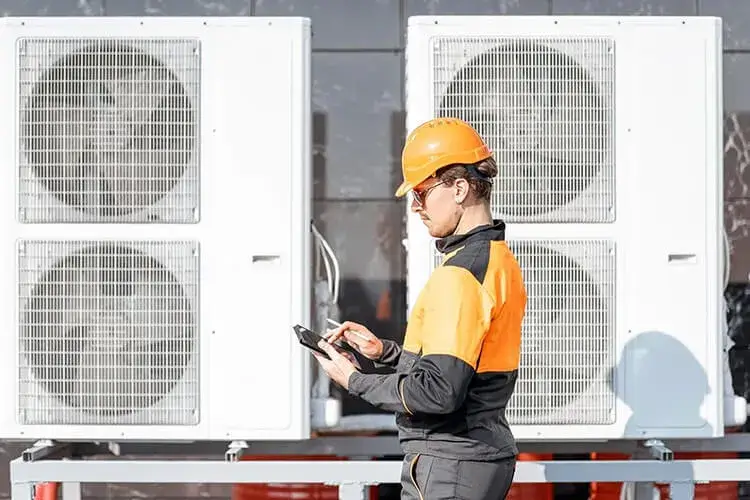Everything You Need to Know about Heat Pumps
Heat pumps provide a perfect energy-efficient alternative to furnaces and air conditioners in places with moderate heating and cooling requirements. Unlike refrigerators which convert heat from inside to outside to create a cooling effect, heat pumps move heat outside into your home. During summer, they will transfer the heat from the cool outdoors to warm your house. Unlike air conditioners, heat pumps consume little power because they move heat rather than generate heat hence reducing the cost of operating conventional heating and cooling appliances.
How a Heat Pump Works
A typical heat pump contains three features; the evaporator, which utilizes the energy from a renewable source such as air, water, ground, or solar by turning liquid into gas. The compressor puts pressure on the gas to raise its temperature while the condenser modifies the heat from the gas to the heating system, turning it into a liquid state. The expansion valve suppresses the pressure of the refrigerant to activate the evaporation process.
Types of Heat Pumps
- Air-to-air
This heating system transfers heat from outside to inside a building. Not only will it reduce your power consumption by 50 percent, but it will also dehumidify air compared to ordinary conditioners. Though they are commonly used in the US and other parts of the world, areas experiencing subfreezing conditions might not utilize them. Nonetheless, the air-source heat pump innovative technology has added extra features to ensure it provides an average space heating alternative in those areas.
- Geothermal
Earth-sourced heat pumps transfer high heat frequencies from the ground to the building or a nearby water source. Ironically, the cost of installation is higher than other heating services, but their operational costs tend to be lower. With power as little as 30-60 percent, these pumps can regulate humidity, are durable, and are compatible with a broader range of spaces. Before installing the ground source, pay attention to the subsoil, size of space, and landscape.
- Air-water
This type of heat pump transfers heat from outdoor air to water for use in home heating; the hot water circulates through pipes installed for in-floor heat. Since they cannot be used for cooling purposes, they are suited in areas with sub-freezing conditions.
It is critical to understand how each type of heat pump works and their energy consumption rates to make it easier to choose the most appropriate one for your home. Fortunately for you in Edwardsville, IL, you can contact B & W heating service experts to walk you through the journey of modern-day cost-efficient heat pumps.


